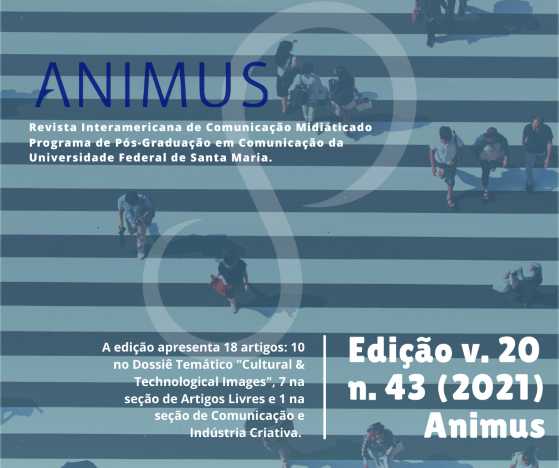WASTE, BOREDOM, AND GHOSTLY TIME IN THE FILMS OF TSAI MING-LIANG
DOI:
https://doi.org/10.5902/2175497766690Schlagworte:
Waste, Boredom, The body, Ghostly time, ModernityAbstract
This study examines several themes that often emerge in the work of Taiwanese filmmaker Tsai Ming-liang, focusing on his preoccupation with waste, boredom, and a secret, “ghostly” time that runs parallel to human time. While comparisons are inevitably drawn to the French New Wave in terms of attitudes toward modernity, I argue that Tsai develops a much different tone. While the French New Wave might best be characterized by freshness, naivieté, improvisation, playfulness, and a sense of possibility, then Tsai instead offers a much more bleak, post-apocalyptic world in which the consequences of advanced modernity now becomea heavy burden on his characters.
Downloads
Downloads
Veröffentlicht
Zitationsvorschlag
Ausgabe
Rubrik
Lizenz
Copyright (c) 2021 Animus. Revista Interamericana de Comunicação Midiática

Dieses Werk steht unter der Lizenz Creative Commons Namensnennung - Nicht-kommerziell - Weitergabe unter gleichen Bedingungen 4.0 International.
Os autores de textos aprovados pelos pareceristas de Animus - Revista Interamericana de Comunicação Midiática cedem automaticamente, e sem qualquer tipo de ônus, o direito à primeira publicação do material submetido.







